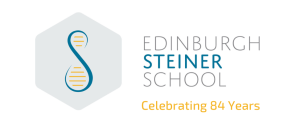The Three R’s: Rhythm, Repetition and Reverence
June 13 2023
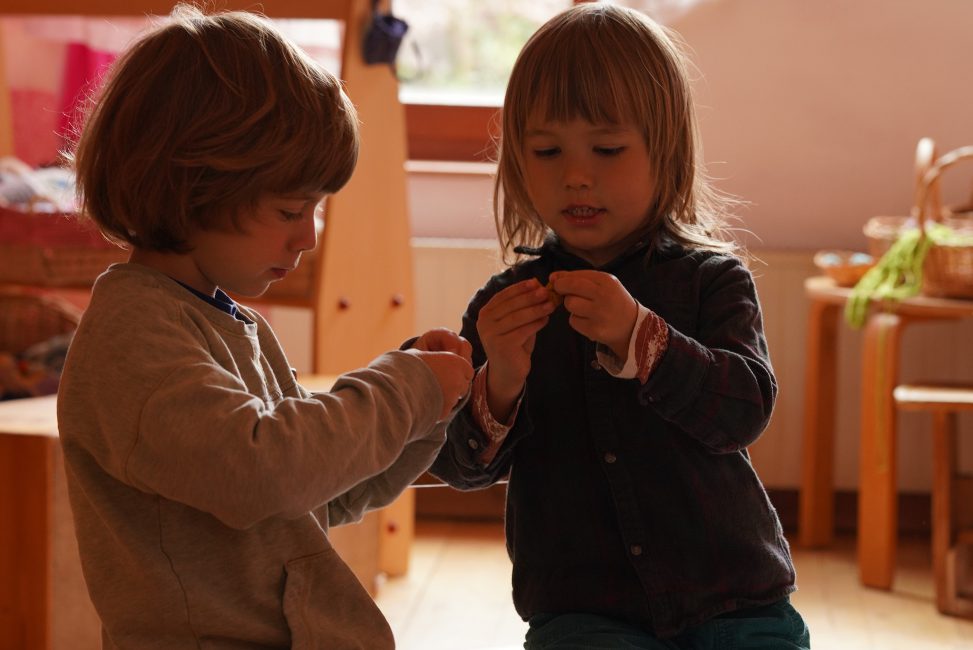
‘Beeswax Modelling Day’ stimulates a kindergartener’s senses of smell, sight & touch as they work on language development, basic maths, listening skills, and lengthening attention span; though you won’t find them coming home reporting on what was “taught” that day.
When children can safely rely upon what will happen during each part of their day, through repeated activities with their own rhythm, their sense of security and wellbeing is dramatically affected. All of this impacts on their ability to learn and retain information. Following a predictable pattern that alternates child-led time with a teacher-led activity, beeswax modelling in Aki’s Kindergarten takes place every Friday as part of the weekly rhythm. There is also a daily rhythm, where it follows free play and is before snack time, which precedes story time.
The Three R’s are themes that run throughout the entire length and breadth of the Steiner curriculum. They are especially important during the early years, setting up important habits for life.
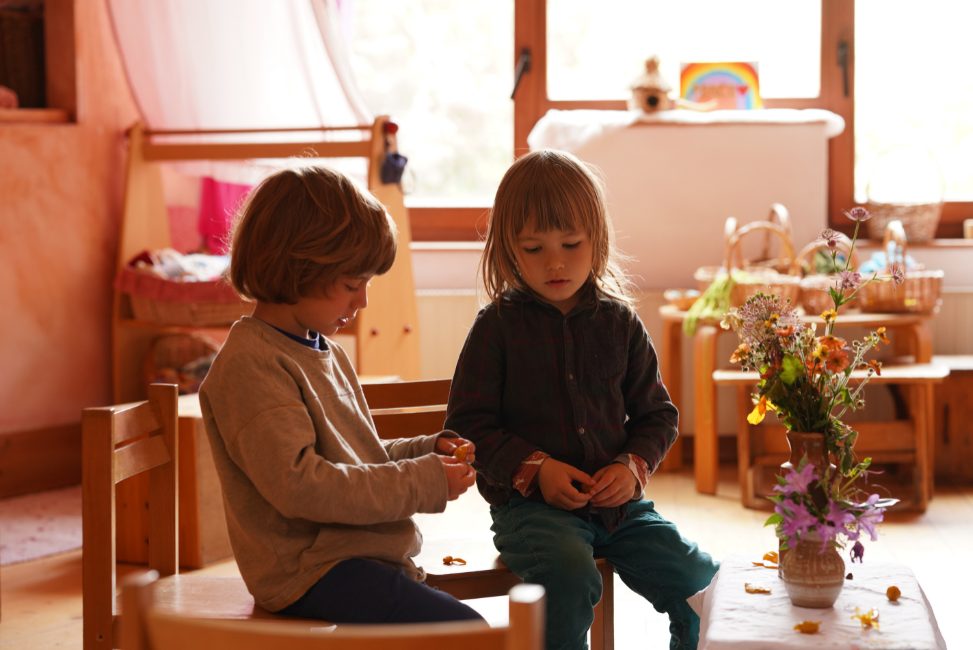
Healthy, repetitive activities and rhythms ensure that learning is both easier and more effective, as well as helping children to seamlessly flow from one activity to the next. The children tidy away the various scaffolding that had set the scenes of that day’s role play, creating an open-plan vacant space once again. They then help set out chairs in a circle, a candle and flowers marking the centre. Taking their place, the pupils are each handed a hard, cold, ball of Stockmar beeswax, used over and over each week, that the 3 – 6 year olds have learnt to expect will reliably warm their hands, exercise their fingertips and change in structure through their effort.
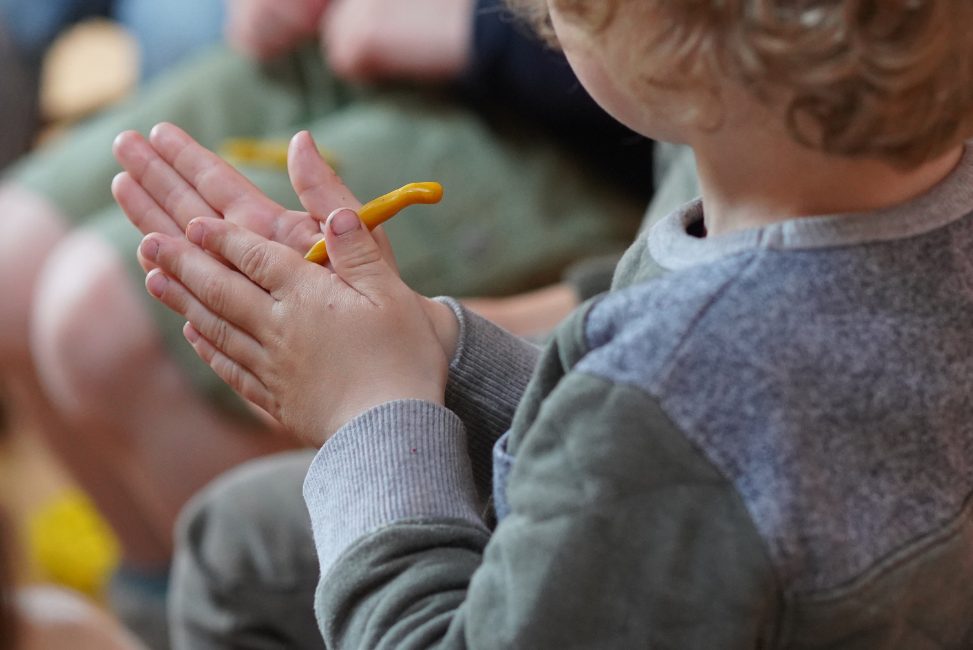
Reverence is a unique feature of our approach to educating young children. In addition to the lit candle that accompanies rhythmical verses and songs that are learnt by rote for this specific point in the day, Steiner Waldorf kindergartens use the highest grade materials such as the natural Stockmar beeswax modelling wax sheets, for their uncompromised quality and production in adherence to high pedagogical, artistic, social, and environmental standards; but most importantly for their nurturing of the young child’s senses.
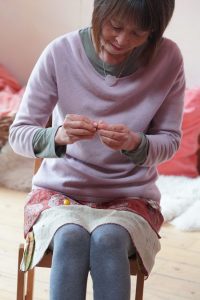
Since young children learn through imitation, ‘Beeswax Modelling Day’ enables Kindergarten Teachers to deliver vital education to the 3 – 6 year olds; yet the distinct academically rigor is a pervasive undercurrent in the daily rhythm of our early childhood classrooms.
As formal learning does not start in Steiner Waldorf Schools until a child enters Class 1 at age 6, English and Maths are not visible on Friday’s timetable. Instead, pupils will be telling their parents tales of imaginative games, a puppet show story, time outside, proudly report that they had helped sweep the floor or mention that they’d moulded a fox at ring time this week. That is because the academically rigorous Waldorf approach integrates learning at this age, rather than separates subjects from the business of daily living.
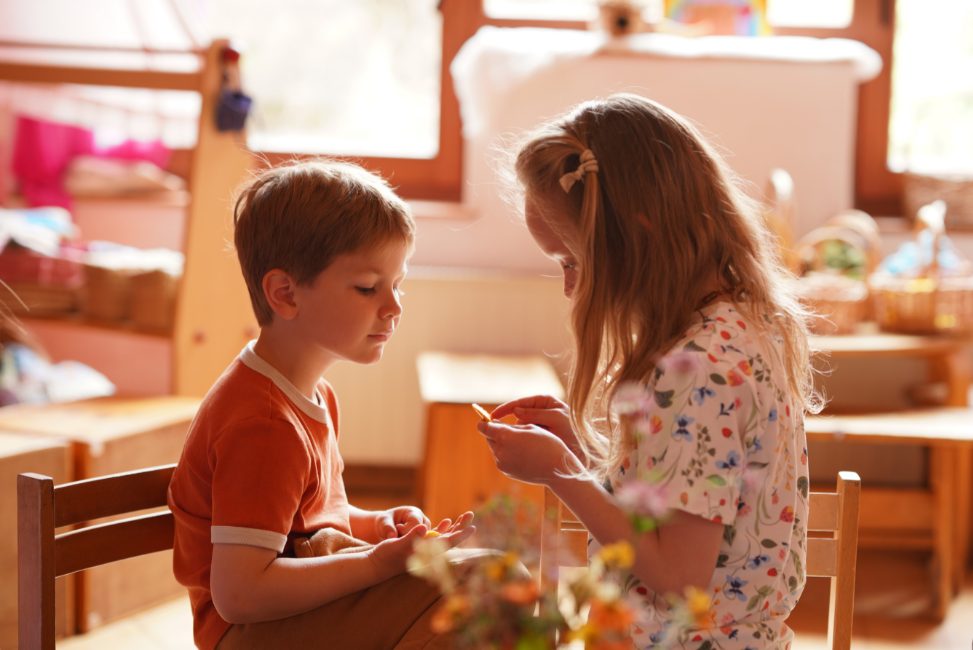
This ethos is born out of a desire to protect young children from the anxieties caused by a rush to meet early intellectual attainment targets. Instead the Early Childhood curriculum prepares children for their school career by first providing time and opportunity to develop socially, emotionally and physically in a creative, secure, enabling surroundings.
As a community of ‘doers’, beeswax modelling meets these needs in the following ways:
Personal, Social & Emotional: Potential of the hands; sensory; will-building; focus; therapeutic.
Physical: Fine motor skills: move, mould, manipulation; hand strength; sensitive/ capable muscles; warms hands.
Kinaesthetic & Understanding: Effects of pressure and temperature; pliability and mould-ability; translucent quality; ecological (reusable).
Creative: 3D structures; stimulates invention.
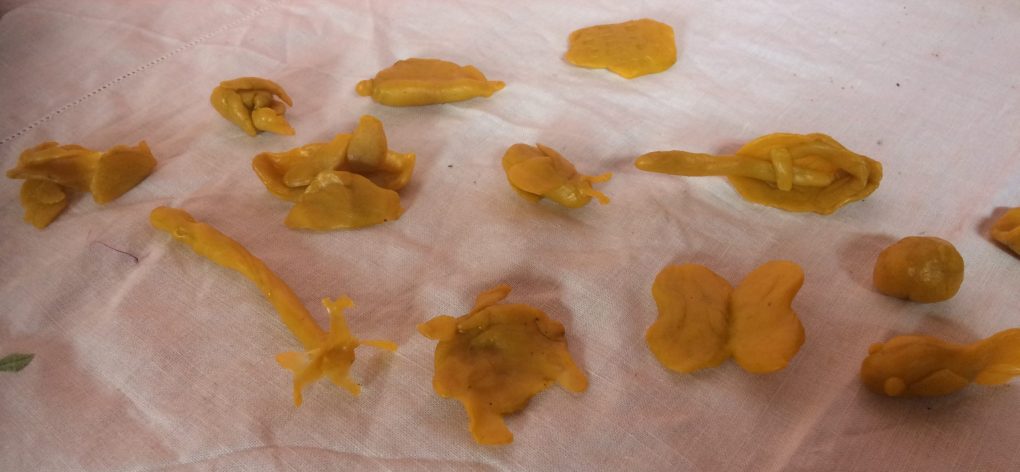
Through being rich in hands-on activity and play and where language and communication are enabled through the rich oral tradition, this age-appropriate atmosphere, nonetheless, is laying the foundation skills in mental capacity. Language & Literacy, for example, are honed as children record and discuss the material’s malleability and Mathematics is met through the exploration of shape, form and formless through the artefacts each child moulds.
A predictable, familiar and unhurried environment that recognises the child’s sensory sensitivities allows children’s early learning to flourish. Learn more about how activities on the other four days of the Kindergarten week – Watercolour Painting, Cooking / Baking, Drawing, Handwork / Woodwork / Metalwork; as well as daily Storytelling, Role Play and the Domestic Arts – stimulate a child’s development: Learning Through Creative Doing
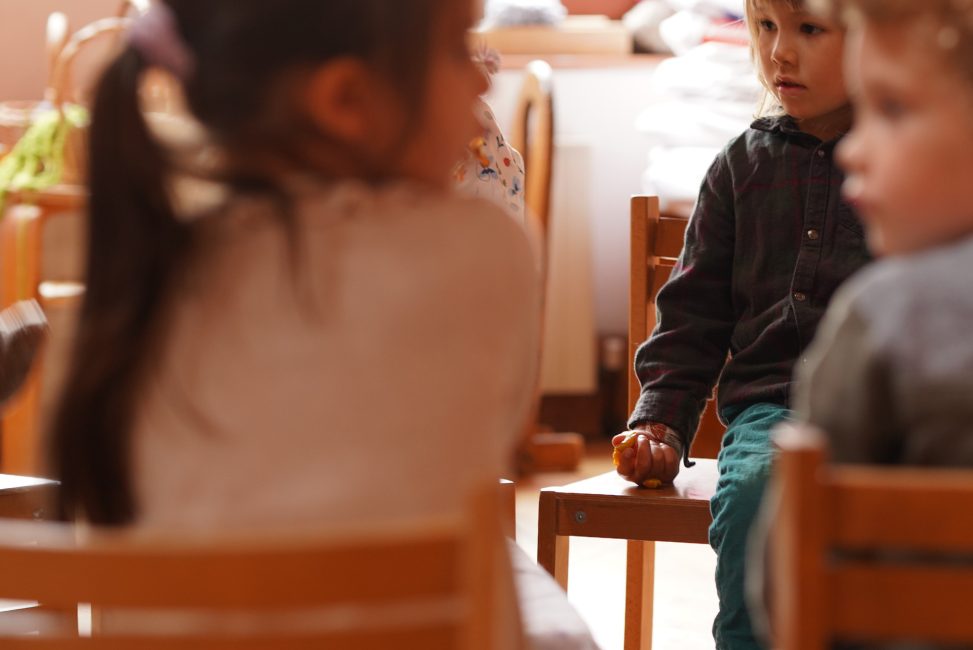
Read on: Edinburgh Steiner School’s weekly ezine
News pieces:
School calendar dates
College News
Management Surgeries
PTA
Kindergarten Midsummer Beach Trip Next Friday
Kindergarten Leaving Festival
Is There Demand For A Girls Basketball Team?
Class 10 Immerse In French Culture
Kindergarten Climbing Frame Designed By Pupils
Join ESS Staff For Work Days
Boarding Families Needed
A Flavour Of The Friday Market – by parent Arlette Manasseh
The Three R’s: Rhythm, Repetition and Reverence
Adverts from school community
